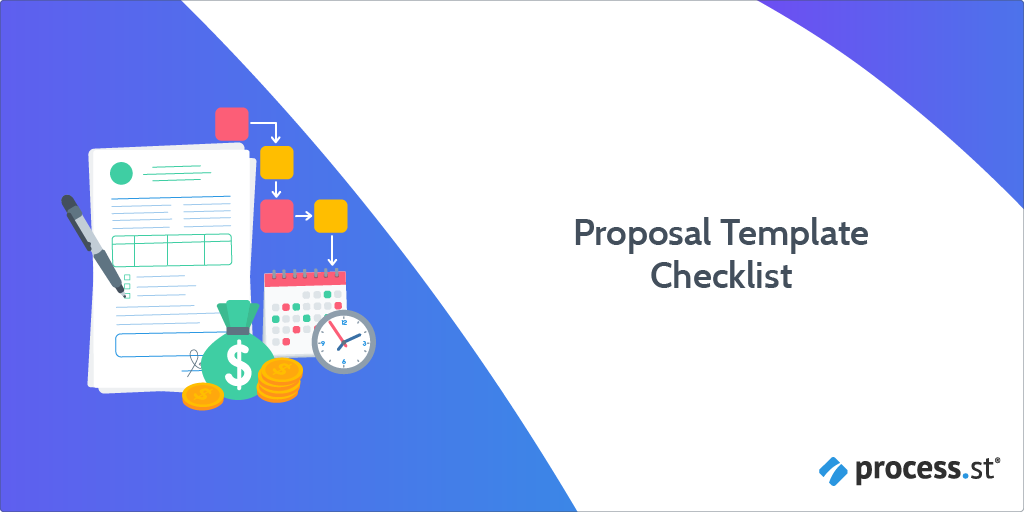Writing a successful proposal is competitive, tough and a long process that can seem overwhelming at first. You need strong processes in place to make sure you have gathered all the required information, adhered to all set guidelines and was writing clear, concise and persuasive proposals.
"With so much information to compile and so much riding on success, it's important to stack the odds in your favor" - Charity Love to Know
Research and planning is a big part of this proposal template. Final decisions about which proposals are funded often come down to whether the proposal convinces the reviewer that the project is well planned and feasible and whether the investigators are well qualified to execute it.
"How well you plan is critical to the success of the project"- Learn Sphere
Your proposal needs to be divided into predictable sections that provide answers to these questions:
- What’s the purpose or goal of your project?
- What is the need you’re addressing, or the problem you’re solving?
- What are the expected outcomes of your project, and how will you achieve them?
- How will you assess or verify the success of your project?
- Why is your project important?
- How much will it cost?
This is proposal template is a checklist that should be used alongside the proposal document you are planning to submit. Use it to make sure that all elements have been considered, that the proposal contains everything it needs to, and that it meets all set requirements.
Process Street is super-powered checklists. It’s the easiest way to manage your recurring tasks, procedures, and workflows.
Create a check list template and run individual checklists for each member of your team. You can check tasks off as you work through them, set deadlines, add approvals, assign tasks, and track each team member's progress.
You can also connect to thousands of Apps through Zapier and automate your workflows even more.







